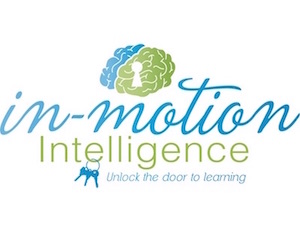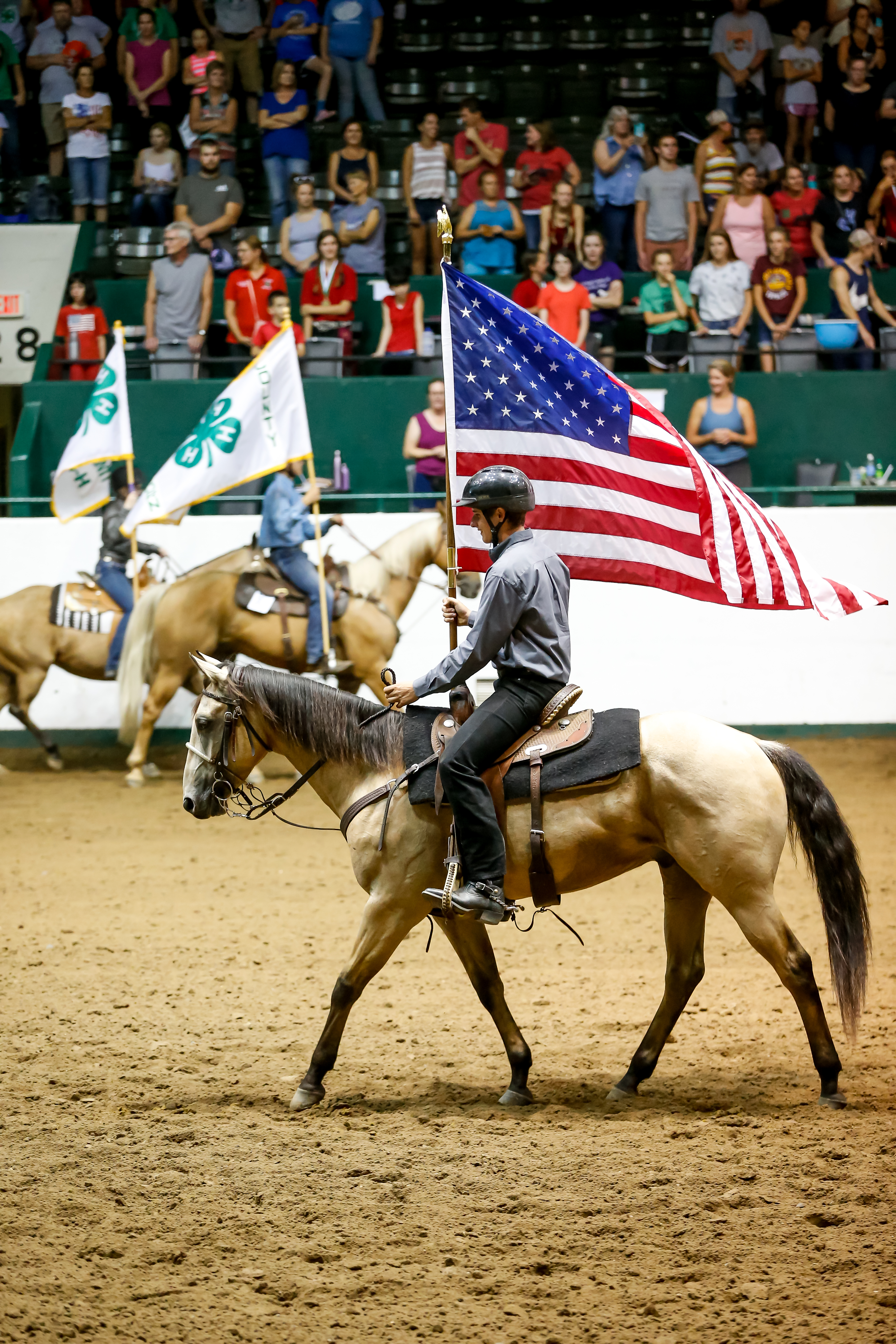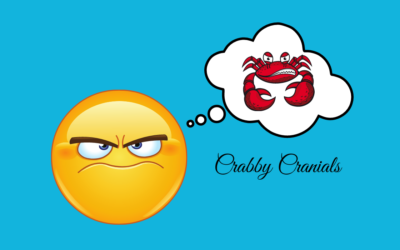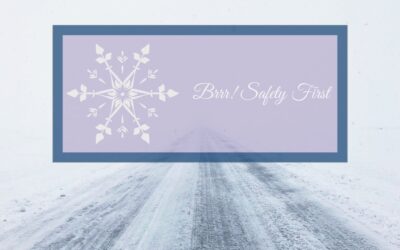Body Awareness
It can be easy to stand on the ground and coach those on horseback. It is even easier to “see” the perceived problem. Have you ever watched someone who couldn’t leg yield or whose hands seem to magically raise when the eyes look up and out? When you say, “Lower your hands” their eyes also shift downward? What about the rider who seems ignorant of her posture? No amount of coaching will help when the rider is unaware of his body and its parts.
NOTE: This is true for most performers (animal or ball-based, musical or athletic)!
In this article, I’ll share simple strategies to support body awareness both off and on the horse. Use the Brain Gym® movements and principles for strengthening the core and increasing one’s proprioception. Learn beginning tools to assess developmental movement patterns (e.g. reflexes) and accompanying strategies to support further development. The positive effects of increased body awareness ripple beyond the arena into all facets of life: work, home, school, family, sports!
We will begin with a warm-up for all activities before tuning into two specific reflexes: the asymmetrical and symmetrical tonic neck reflexes. Then we will end with a fabulous activity for the core.
Warm-Up for Learning
PACE is a warm-up for learning from the Brain Gym® program. It has been used with all ages and for all reasons from helping preschoolers focus to supporting college students with test anxiety to adults who are busy “adulting”. Here is a link to guide you through PACE. Notice as you do these four activities how after the sip of water, the remaining activities all involve the lateral midline. Brain Buttons has your upper hand on either side of the midline while the lower hand rests on the midline of the navel. Then the Cross Crawl has you crossing the midline while standing! Finally, the activity to help with positivity, has the upper and lower body resting on the midline, allowing the parasympathetic nervous system to relax. This warm-up is powerful; to learn even more about it, click here and here.
Sometimes a warm-up isn’t enough. What if there are reflexes firing and over-riding the upper levels of the brain? There are entire fields of study devoted to reflexes but here is a quick look at two neck reflexes.
Asymmetrical Tonic Neck Reflex
The Asymmetrical Tonic Neck Reflex (ATNR) is active in infants. It’s often called the Fencer Pose and can be seen when one side of the body limbs are straight with the eyes looking that direction and the other side has bent limbs. During crawling the child will separate vision from the outstretched hand. This reflex should finish its work by the end of infancy. However, we all know youngsters whose hands follow their eyes when they are riding a bike. Or we know new drivers who change lanes accidentally when they look over their shoulder. Right? In the equine world, we see this with riders whose hands automatically rise up as they attempt to look where they want to go. From the fence, we coach, “Hands down.” or “Eyes up.” Do you “see” how the eyes are still connected to the hands and specialization/isolation hasn’t yet been mastered? In the Brain Gym® field, the Owl can be especially helpful and playful as a way to move through the ATNR reflex.
Symmetrical Tonic Neck Reflex
Closely related is the Symmetrical Tonic Neck Reflex (STNR). While the ATNR is about sidedness and eye-hand coordination, this one is about the relationship/communication between the top and bottom of the body. Again, it is seen in infancy when the baby bends legs while straightening arms or the opposite: bends arms and straightens legs. On a horse, we see this when someone struggles to coordinate the top and bottom. If legs are bent, as they should be, the arms might be extended out over the horse’s neck. Or, if arms are bent as desired, the legs might be straight, thereby losing one’s “seat.” The Grounder can be a powerful Brain Gym® activity to support the iliopsoas muscle system connecting the top and bottom of the body.
Core Activation
Sometimes we can still see kids struggling. One of my favorite activities is Core Activation. It is playful. It can be done alone or with a partner. And it’s a powerhouse for waking up the entire core. Holding boundaries is a lifelong skill for any human to have with other humans and/or with animals, such as horses. Getting pushed around literally or figuratively is not ideal. Here is a “How To” video and a Handout for Core Activation.
Increased Body Awareness = Increased Performance
It’s easy to slip into a mantra of “It is what it is” when we see someone riding less than optimally. However, I listen to a podcast with a tagline, “What if you could?” I challenge you to keep an open mind and play with these activities while you coach. Each one is very short…Core Activation might take 5 minutes. The others are 30 seconds to 3 minutes. What if these simple micro-interventions helped youth find their seat? Maintain their focus? Adjust their attitude? The positive effects of increased body awareness ripple beyond the arena into all facets of life: work, home, school, family, sports!
Be sure to comment below and share what you’re noticing as you bring intentional movement into your coaching.






